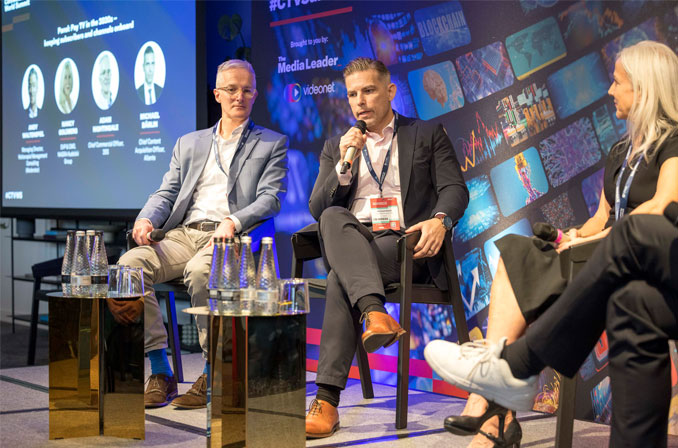During Connected TV World Summit last month, a panel of experts discussed how to keep Pay TV relevant in the 2020s, given the increasing competition from D2C content that was once exclusive to Pay TV platforms. Michael Bärlin, Chief Content Acquisition Officer at Allente, made it clear that everything still boils down to content, before outlining the continued benefits of content bundling for all parties.
“There is a real advantage in acquiring content in the bundle model because we have some predictability in the volumes we will deliver. It’s then easier to negotiate segregation with providers. Once we know what we can commit to, we can trade volume for wholesale discounts. It allows us to deliver value upstream to providers, who can count on a certain revenue, which in turn enables us to deliver value downstream, to our subscribers. It’s a win-win deal.”
Explaining consumer needs (and what Pay TV providers must deliver for them), Adam Nightingale, Chief Commercial Officer at 3SS, summarised it in one word: simplicity. “TV is entertainment, where you go to stay informed or to distract yourself, and it’s crucial to make it easy. Ironically, we build huge user experiences but we don’t want people to use them – we want to get viewers watching TV as quickly as possible.”
Nightingale also emphasised the importance of personalisation in a bid to appeal to younger users. “It’s important to understand what kind of user experience appeals to the individual, and make sure what they’re seeing on TV is relevant for them. There is no one size-fits-all.
“Aggregation is key, and non-traditional content sources, such as TikTok, YouTube or local content are all important; but making sure you have them in the right format, in front of people they most appeal to, is what matters. Then comes super-personalisation: understanding, monitoring and tweaking what works and what doesn’t. It’s a never-ending editorial task, but having the means to manage user experience at a fairly granular level will be increasingly important if you want to remain relevant.”
Nancy Goldberg, EVP and Chief Marketing and Sales Officer at NAGRA Kudelski Group, also pointed to the power of personalisation, including as a way to combat the attraction of pirate services. “Piracy means users can find content easily for free, so keeping them [consumers, on Pay TV] will be harder. We must give them added flexibility, value, experience. There can’t just be one thing everybody wants; it must be hyper-personalised. The adage, give them what they want, whenever they want, couldn’t be truer today.”
Andy Waltenspiel, Managing Director, Waltenspiel Management Consulting, moderated the Connected TV World Summit panel, ‘Pay TV in the 2020s – keeping subscribers and channels onboard’. You can see the discussion here.


